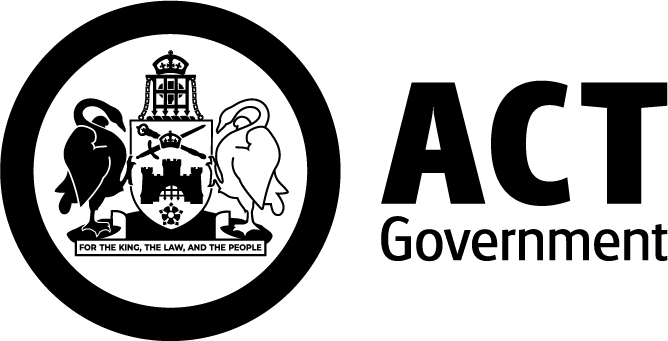The COVID-19 crisis has plunged Finland into its deepest recession since the early 1990s even though swift government support has cushioned the shock, making for a smaller output drop than in many other OECD countries. To limit the scars from the pandemic and sustain the recovery, Finland should address underlying challenges such as boosting employment and productivity, according to a new OECD report.
The latest notes that the COVID-19 crisis hit against a background of slowing economic growth and rising financial stability risks. The government should stand ready to provide further support to firms and workers if necessary, then focus on getting people back into viable jobs and restoring public finances. Enhancing education and skills, improving wage flexibility and reducing barriers to competition in sectors like transport, energy and retail, would help to spur productivity growth and bolster the recovery, the Survey says.
“Finland’s effective management of the pandemic is to be commended. It is now vital to support economic activity and reduce unemployment to pre-crisis levels to avoid lasting social and economic scars,” said Alvaro Pereira, Director of Country Studies in the OECD Economics Department, presenting the Survey. “Increasing the employment rate, particularly among seniors, and boosting productivity through enhancing the supply of skilled workers and reforming regulations that hamper competition, would prevent a long-term erosion in relative living standards.”
Finland’s GDP shrank by 5% in the first half of 2020, a historic contraction, but among the mildest of OECD countries thanks to targeted confinement measures that limited loss of mobility, and financial support that prevented mass bankruptcies and saved jobs. Job losses and bankruptcies will likely increase in the short run, as relief measures run out. The Survey projects Finland’s 2020 GDP will shrink by 3.3% and recover only gradually with growth of 2.1% in 2021 and 1.8% in 2022, led by private consumption and exports.
The temporary layoff scheme played a key role in protecting jobs and incomes, and Finland has long enjoyed low income inequality and relative poverty by international standards. However, 15% of workers aged 15-74 have been temporarily or permanently laid off since the crisis. The impact has been hardest on lower-income households who tend to be less able to switch to teleworking and have less secure contracts. Furthermore, some 25% of temporarily laid-off workers were not eligible for earnings-related unemployment benefits because they were not members of unemployment insurance funds. The Survey thus recommends creating a government unemployment insurance fund into which all workers – or all workers who are not members of another fund – would be automatically enrolled.
Prior to the crisis, Finland’s employment rate was already low by Nordic standards, reflecting the low employment rate of older workers. They still have access to early retirement routes, in contrast to their Nordic counterparts. Phasing out extended unemployment benefit for older workers would help to increase the employment rate of seniors.
Productivity growth is low in Finland compared with other European economies, owing to skills shortages and high regulatory barriers to competition in some sectors. The Survey recommends encouraging more school leavers to enter tertiary education by reforming the highly selective admission system and increasing the number of study places. Softening the country’s restrictive product market regulations and coordinating wage bargaining across sectors could help to gain competitiveness.
The Survey notes that recovery from the COVID-19 crisis provides an opportunity to move to a more environmentally sustainable growth trajectory compatible with meeting Finland’s demanding GHG emissions abatement targets.
Browse the .








